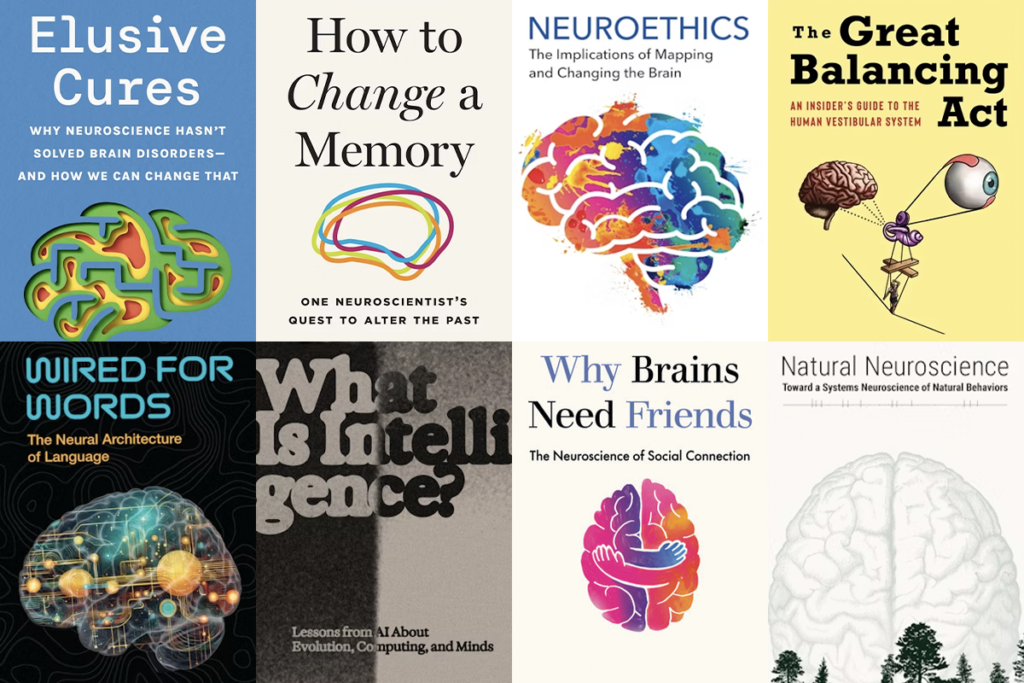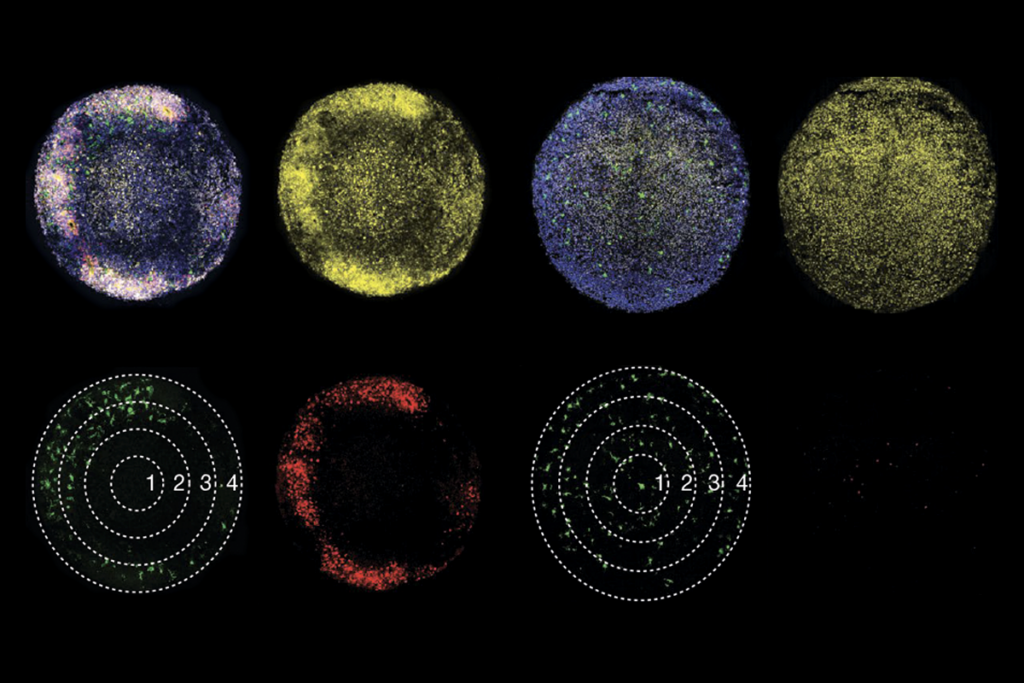Test measures children’s ability to distinguish between faces
An adaptation of a test for facial recognition makes it easier to chart children’s ability to remember faces.
An adaptation of an adult face recognition test for children will make it easier to chart the development of children’s abilities. The new test is described in a study published 20 July in Neuropsychologia1.
People with autism often have trouble recognizing faces, and tend to avoid looking at others’ eyes. These deficits may contribute to their difficulty picking up on social cues.
Many existing tests to measure children’s facial recognition skills have shortcomings.For instance, some include images of people with hair, which may be more distinctive and recognizable than their facial features. Or they ask the children to find matching faces in a set of images rather than picking a face out from memory.
To create a better test, the researchers adapted the Cambridge Face Memory Test, typically used in adults, for children between ages 5 and 12.
The adult version asks participants to memorize hairless, disembodied faces of young white men and then pick out the faces from groups of unfamiliar faces. They view the faces from multiple angles and in different lighting conditions, and finally have to identify versions of the images manipulated to look blurred and unclear.
For the adaptation, the researchers asked 282 British children to memorize fewer faces than adults have to,gave them more time for memorization and hadthem pick out their target face from fewer unfamiliar faces.They also added encouraging sentences such as “Keep up the good work!” to the test.
The children performed better on the test the older they were, but the youngest children did not struggle too much and the oldest did not find it too easy.
To confirm that the children were using facial recognition skills, the researchers gave a different group of 119 children a version of the test with inverted faces. These children did worse than the children who took the test with upright faces, suggesting that the test does assess facial recognition skills.
In another round of the test, 44 children with autism performed worse than did 44 controls.The more severe the children’s autism, the worse they performed on the test.
Overall, the researchers say, the results suggest that the test could chart progress in children with autism as they learn facial recognition skills.
References:
1. Croydon A. et al. Neuropsychologia62C, 60-67 (2014) PubMed
Recommended reading
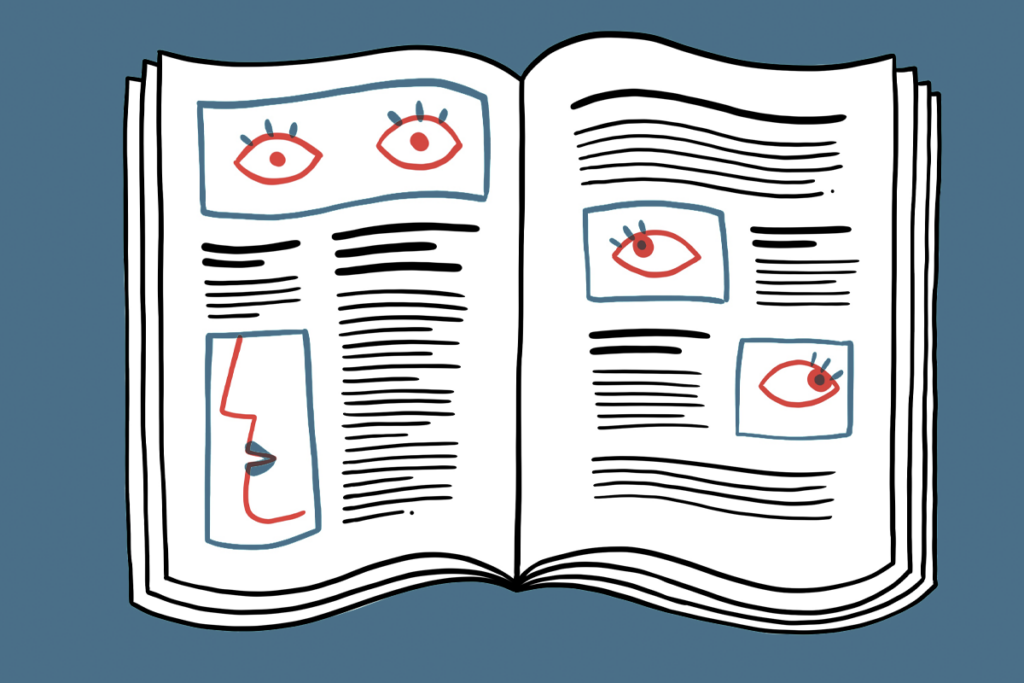
Altered excitatory circuits in CHD8-deficient mice; and more
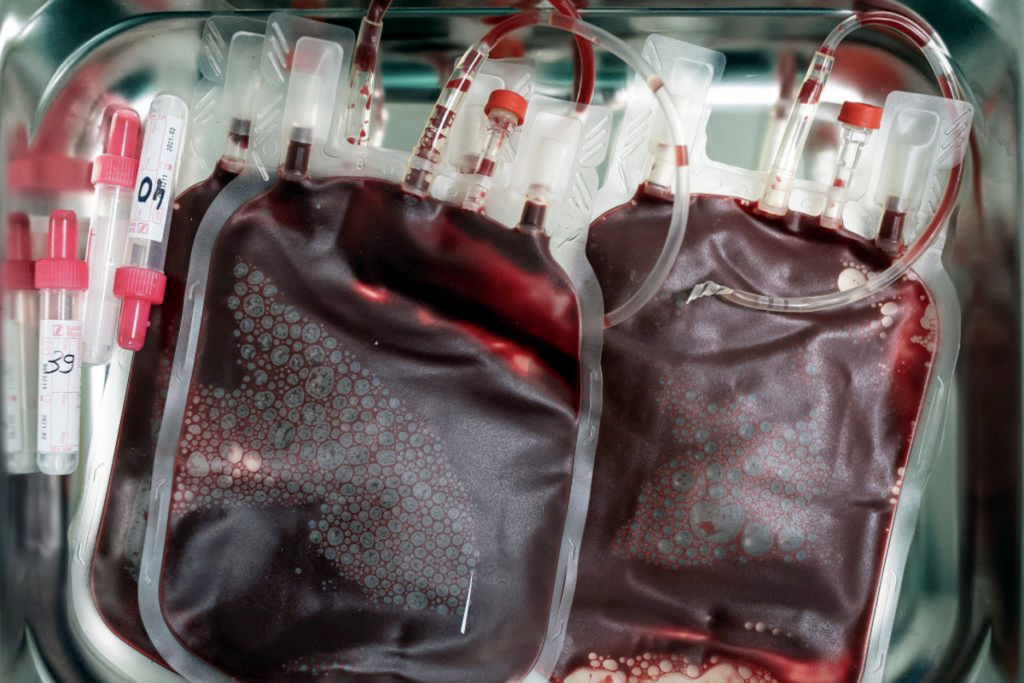
Why hype for autism stem cell therapies continues despite dead ends
Explore more from The Transmitter
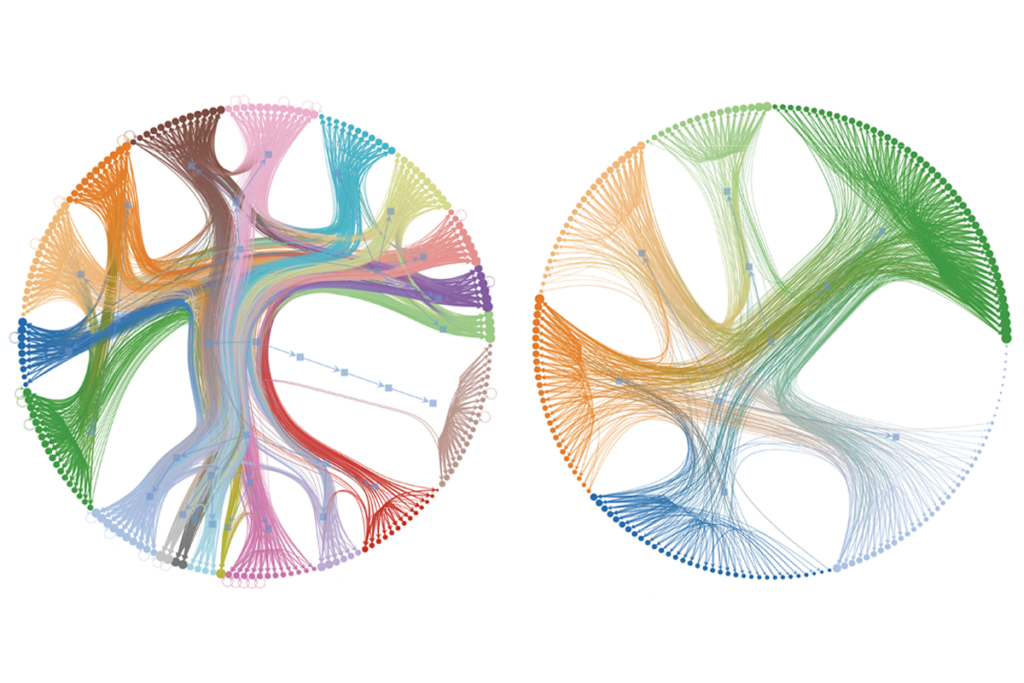
Worms help untangle brain structure/function mystery
Xaq Pitkow shares his principles for studying cognition in our imperfect brains and bodies
